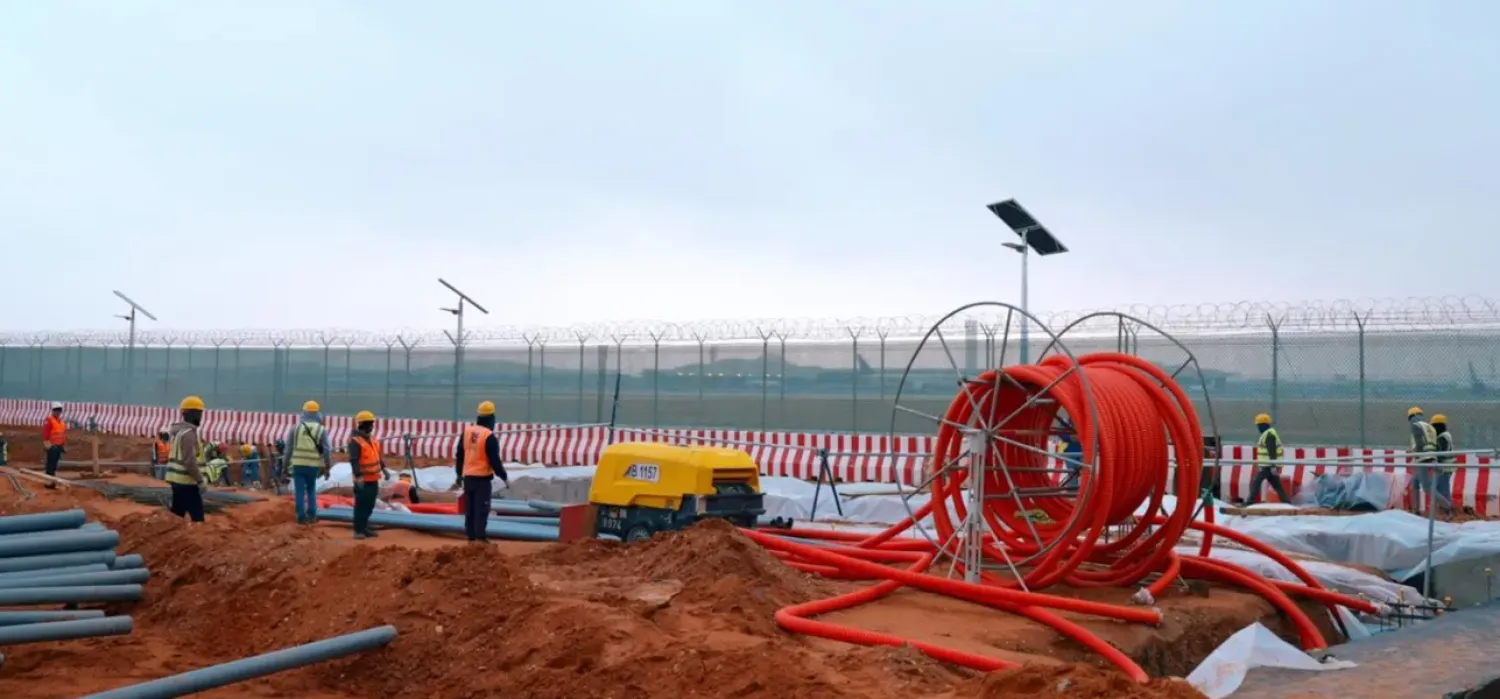Abu Dhabi National Oil Company (ADNOC) has signed a general agreement with the Japan Bank for International Cooperation (JBIC) for a $3 billion (AED11 billion) green financing facility.
The move follows the signing of a Heads of Agreement (HOA) between ADNOC and JBIC in January this year and builds on their long-standing successful partnership.
Dr. Sultan bin Ahmed Al Jaber, Minister of Industry and Advanced Technology and Managing Director and Group CEO of the Abu Dhabi National Oil Company (ADNOC); Dr. Thani bin Ahmed Al Zeyoudi, Minister of State for Foreign Trade, and Minister of Economy, Trade and Industry of Japan, Ken Saitō attended the event.
ADNOC Group Chief Financial Officer Khaled Al Zaabi and Deputy Governor of JBIC Kazuhiko Amakawa signed the agreement in Tokyo.
The credit facility is part of JBIC’s Global action for Reconciling Economic growth and Environmental preservation (GREEN) lending program and is partially supported by Japanese commercial banks.
“We are very pleased to once again partner with JBIC on ADNOC’s first green funding to accelerate our decarbonization and energy transition initiatives,” said Al Zaabi.
“Proceeds of this credit facility will enable ADNOC’s strategy to support a just, orderly and equitable global energy transition. The agreement also marks the next milestone in the long-standing strategic energy relationship between the UAE and Japan, and we look forward to further collaboration with JBIC as ADNOC delivers against its ambitious growth strategy.”









